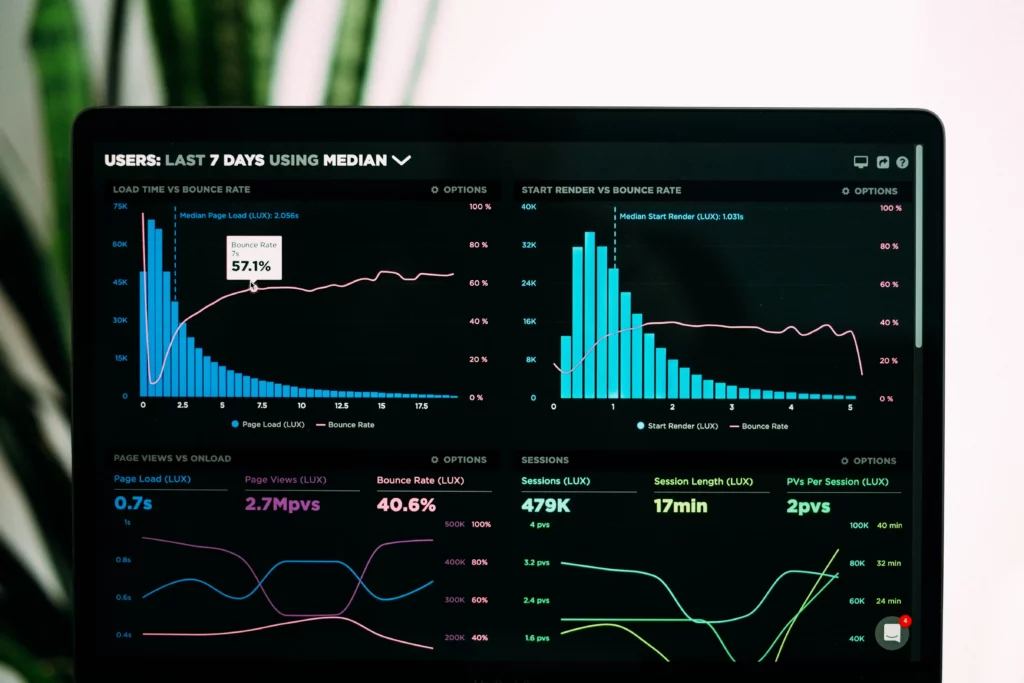A staggering 70% of manufacturers use control charts to improve their processes. However, their effective implementation is often riddled with obstacles that can hinder performance.
This article explores these challenges, from difficulties in data collection and interpretation, to maintaining consistency and training employees.
We aim to provide insight and solutions to ensure your control chart usage is maximized for greater operational control and efficiency.
Understanding Control Charts
In the realm of quality control, understanding control charts is a fundamental step towards proficient operation, yet it presents certain challenges that warrant closer examination. Now, it’s time to rip off the band-aid and delve into the gritty world of control charts.
First off, chart types. There are a multitude of control charts out there, each with its own unique set of rules and structure. You’ve got your variable charts, your attribute charts, and your special cause charts. All well and good, but how do you know which one to use? The chart type you choose can make or break your quality control process. Choose the wrong one, and you’re left with inaccurate data and a failed operation. It’s a minefield that requires a skilled navigator.
Then, we come to control limits. Oh, the control limits! These are the bread and butter of your control chart. If you don’t set these right, you might as well throw your chart out the window. Control limits are meant to highlight variation in your process. Set them too wide, and you’re ignoring issues that need your attention. Set them too narrow, and you’re chasing ghosts. It’s a delicate balancing act that demands precision and insight.

Difficulty in Data Collection
One significant hurdle in utilizing control charts is the substantial difficulty often encountered in data collection. Let’s get real here, folks: data collection is not a walk in the park! It’s a demanding, labor-intensive process that can be riddled with error and inaccuracies.
Take a look at this illustrative table, detailing the two primary obstacles in data collection:
| Obstacle | Explanation |
|---|---|
| Data Accuracy Issues | Errors in data collection can lead to inaccurate results, thereby defeating the purpose of the control chart. |
| Resource Availability Constraints | Limited resources can hinder the process of data collection, creating significant gaps in the data. |
Now, let’s talk about these two elephants in the room. Data accuracy issues? They’re a nightmare! It’s a sad reality that even a minor error in data can lead to grossly inaccurate results. It’s like trying to navigate through a storm with a faulty compass.
And then there are resource availability constraints. Limited resources, be it manpower, time, or financial resources, can put a serious damper on your data collection efforts. It’s like trying to fill a bucket with a hole in it.
These obstacles can make the use of control charts a painful, uphill battle. But I’m not here to sugarcoat things, I’m here to tell it like it is. It’s not easy, but it’s not impossible either. So, let’s roll up our sleeves, confront these challenges head-on, and take back control of our control charts. Because no one else is going to do it for us!
Issues With Interpreting Results
Another significant obstacle, often overlooked, is the challenges associated with interpreting the results generated by control charts. It’s not a walk in the park, folks. It’s a complex process, prone to errors of result misinterpretation and inaccurate inferences.
You might be thinking, ‘I’ve got this.’ But let me tell you, it’s not as easy as it looks. These charts are not magic crystal balls that spit out foolproof answers. They are sophisticated tools that require a deep understanding and keen eye to interpret correctly. Result misinterpretation is one of the biggest pitfalls in control charts use. You can’t glance at the charts and pull out conclusions like rabbits from a hat. It needs careful analysis and sound judgement.
Then there’s the issue of inaccurate inferences. Often, we see what we want to see. We draw inferences that fit our preconceived notions, ignoring the actual data patterns. This is a dangerous game, friends. Inaccurate inferences can lead to misguided decisions and ineffective solutions.
You’re not going to like what I’m going to say next, but it’s the truth. To overcome these challenges, you need to invest time and effort in learning to correctly interpret control charts. It’s not just about control, it’s about comprehension. So, instead of shirking from the challenge, embrace it. Learn, improve, and use control charts effectively. After all, it’s not the tool, but the hand that wields it, that makes the difference.

Problems With Maintaining Consistency
Maintaining consistency in control chart usage presents a formidable obstacle, particularly in terms of data input and interpretation standards. It’s no secret, folks! It’s a downright mess. The consistency pitfalls are numerous and, more often than not, overlooked in an almost negligent manner.
Firstly, there’s the problem of varying data input methods. You’d think it’s as simple as 1, 2, 3, right? Wrong. Different departments, heck, different individuals, use different methods. They think they’re being innovative, but they’re just causing chaos.
Secondly, there’s the issue of adjusting parameters. It’s a slippery slope, my friends. One small adjustment here, one tiny tweak there, and before you know it, the control chart’s consistency is as stable as a house of cards in a wind tunnel.
Lastly, the interpretation standards. Good heavens, the interpretation standards! They might as well be written in hieroglyphics for all the uniformity they have.
- Varying data input methods
- Adjusting parameters
- Inconsistent interpretation standards
In all honesty, maintaining consistency isn’t rocket science. It’s about discipline, uniformity, and good old common sense. It’s about setting up clear, precise rules and sticking to them. It’s about respecting the system and understanding its purpose.
Challenge of Training Employees
A significant obstacle in utilizing control charts effectively lies in the complexity of training employees on their proper usage. It’s a downright Herculean task to educate your workforce, particularly if you’re dealing with a diverse group with varying levels of technical expertise. You want control, you crave it, but let’s face the hard truth: it’s not always easy to achieve.
Now, let’s not shy away from addressing the elephant in the room: employee resistance. Yes, it’s real and it’s a major roadblock. You may find a plethora of reasons for this resistance, ranging from the fear of change to the sheer lack of understanding. You want them to use control charts, but they’re stuck in their comfortable old ways, unwilling to learn something new. It’s frustrating, isn’t it? But guess what? You can’t just throw your hands up in defeat. You’ve got to tackle this resistance head-on.
Then there’s the issue of training costs. High-quality training programs aren’t cheap. They demand a significant investment of both time and money. It’s a bitter pill to swallow, but there’s no way around it. You need to be ready to shell out the necessary resources if you want to reap the benefits of control charts.
Conclusion
In conclusion, using control charts poses several challenges. These challenges include difficulty in collecting accurate data, misinterpretation of results leading to incorrect conclusions, maintaining consistency in application, and the often-underestimated task of training employees.
Despite these obstacles, the benefits of using control charts in monitoring process variation and improving process control are substantial. Therefore, overcoming these challenges is crucial in leveraging the full potential of control charts in a business setting.




